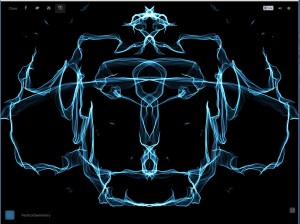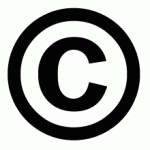
In 1999, while sitting at a bus stop in Cuernavaca, Mexico, a Czech physicist named Petr Šeba noticed young men handing slips of paper to the bus drivers in exchange for cash. It wasn’t organized crime, he learned, but another shadow trade: Each driver paid a “spy” to record when the bus ahead of his had departed the stop. If it had left recently, he would slow down, letting passengers accumulate at the next stop. If it had departed long ago, he sped up to keep other buses from passing him. This system maximized profits for the drivers. And it gave Šeba an idea.
“We felt here some kind of similarity with quantum chaotic systems,” explained Šeba’s co-author, Milan Krbálek, in an email.
After several failed attempts to talk to the spies himself, Šeba asked his student to explain to them that he wasn’t a tax collector, or a criminal — he was simply a “crazy” scientist willing to trade tequila for their data. The men handed over their used papers. When the researchers plotted thousands of bus departure times on a computer, their suspicions were confirmed: The interaction between drivers caused the spacing between departures to exhibit a distinctive pattern previously observed in quantum physics experiments.
“I was thinking that something like this could come out, but I was really surprised that it comes exactly,” Šeba said.
Subatomic particles have little to do with decentralized bus systems. But in the years since the odd coupling was discovered, the same pattern has turned up in other unrelated settings. Scientists now believe the widespread phenomenon, known as “universality,” stems from an underlying connection to mathematics, and it is helping them to model complex systems from the internet to Earth’s climate.
MORE: In Mysterious Pattern, Math and Nature Converge | Wired Science | Wired.com.






